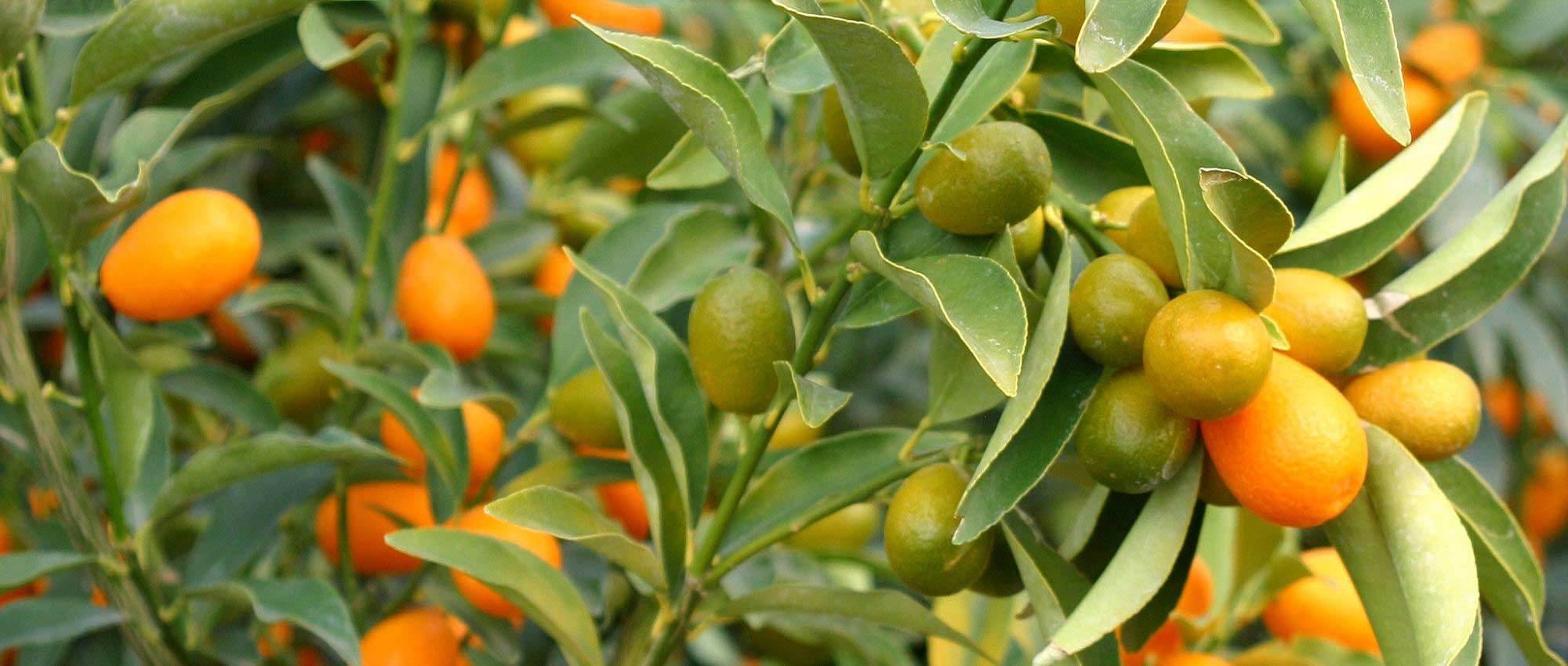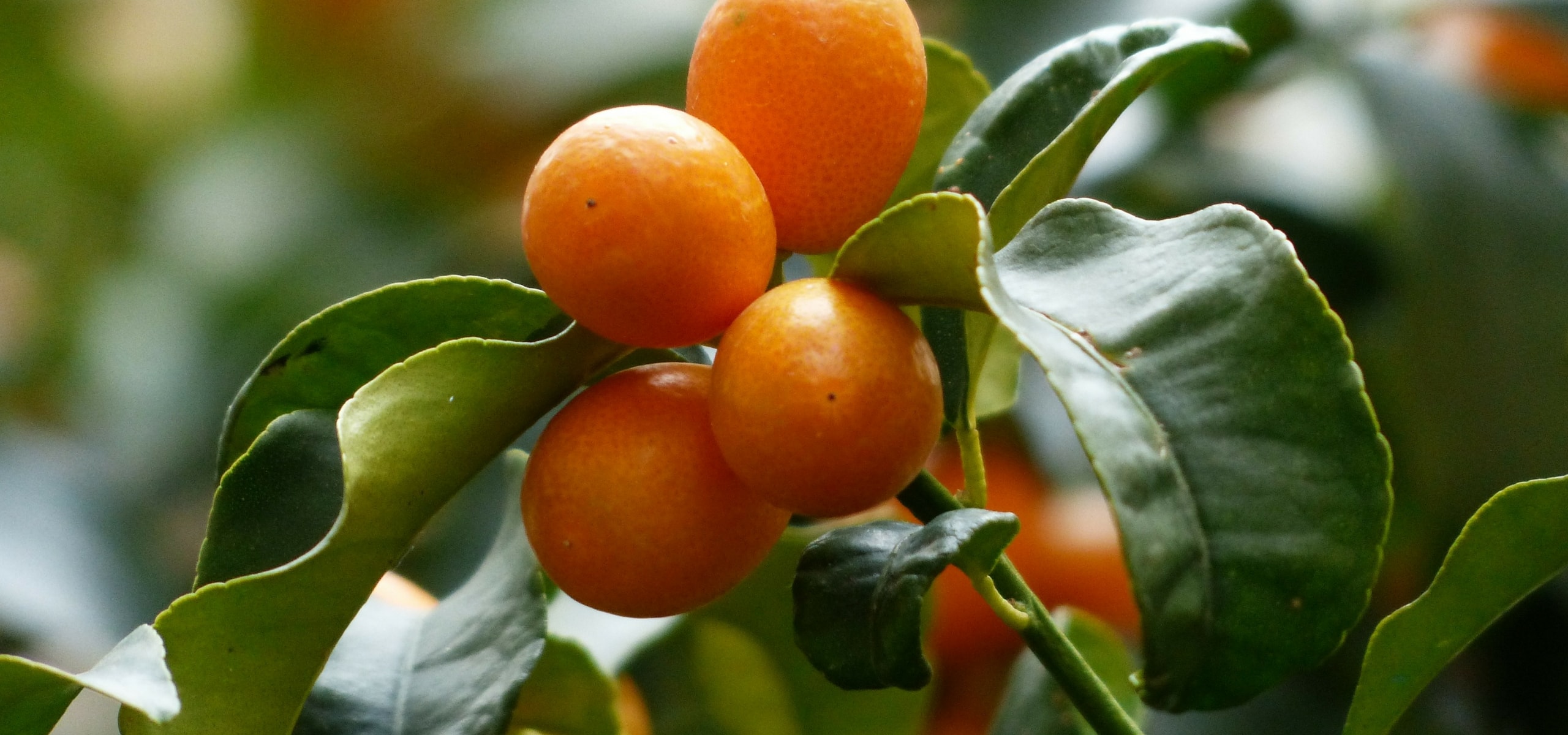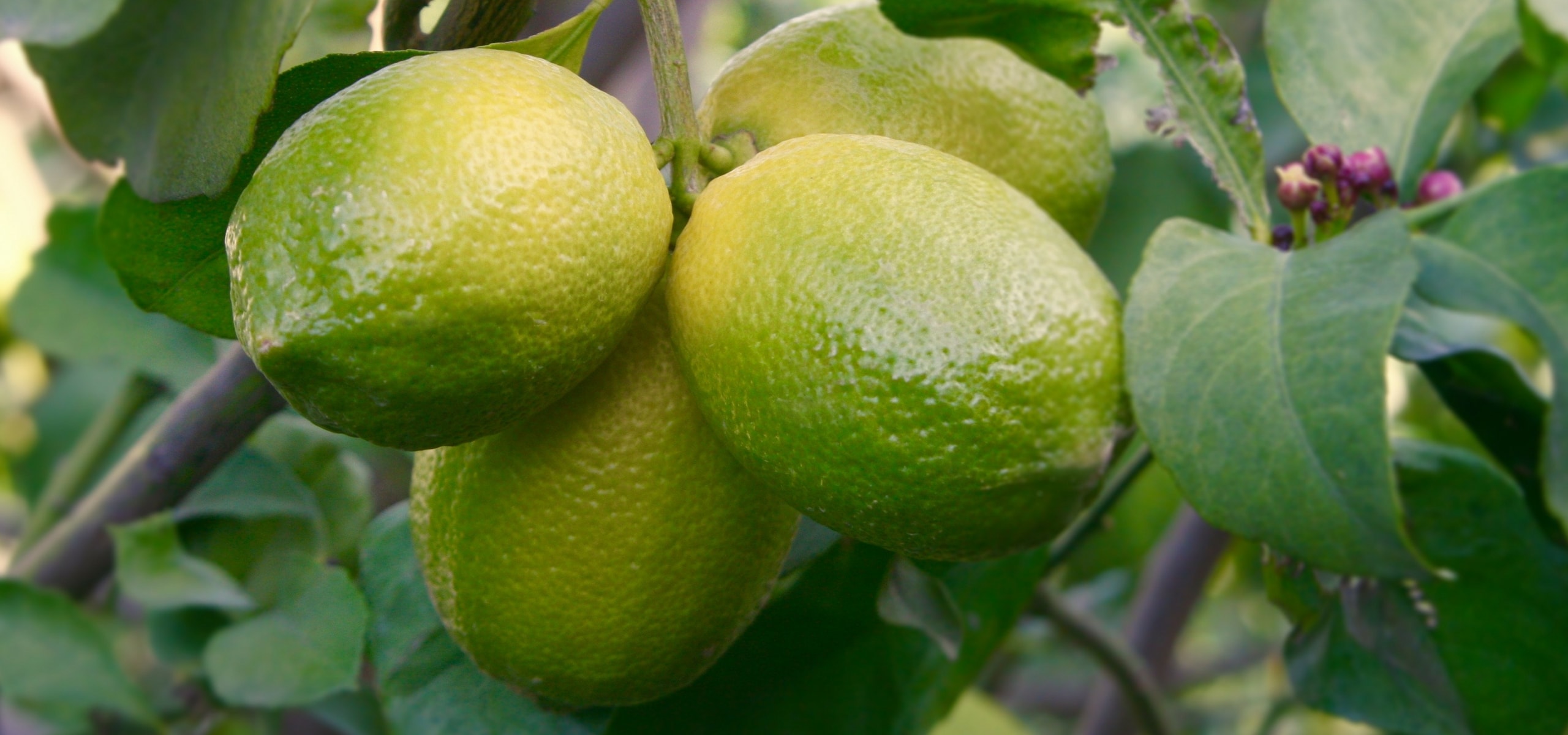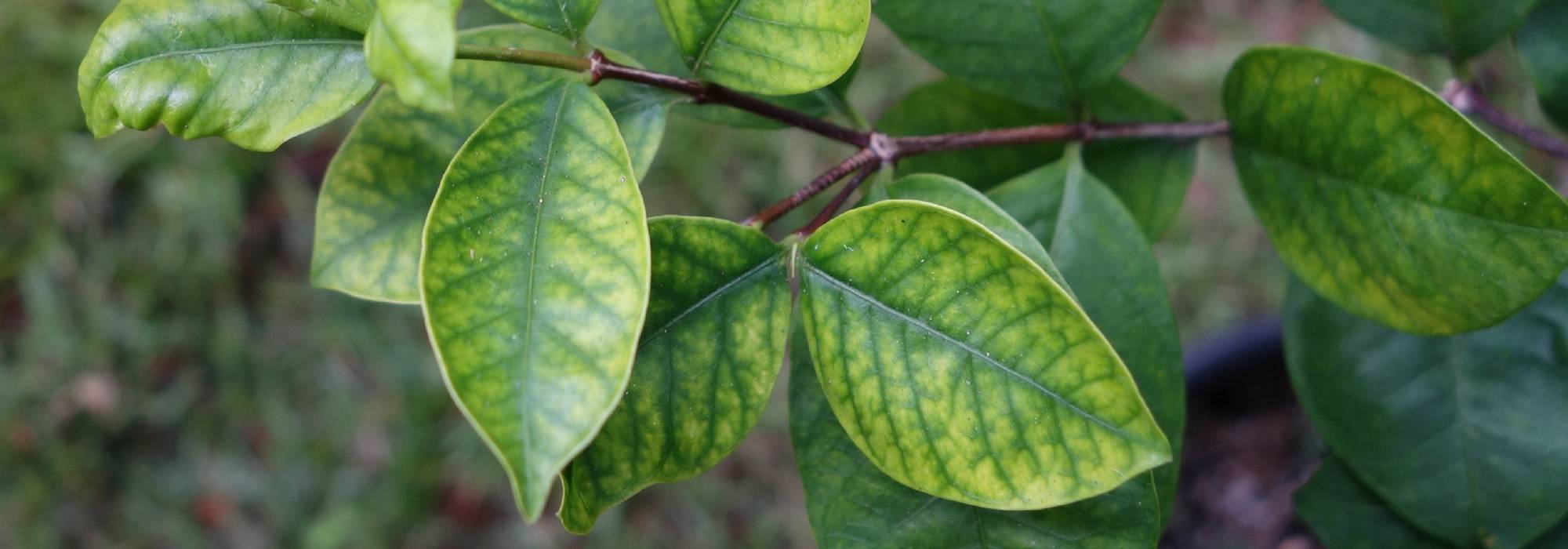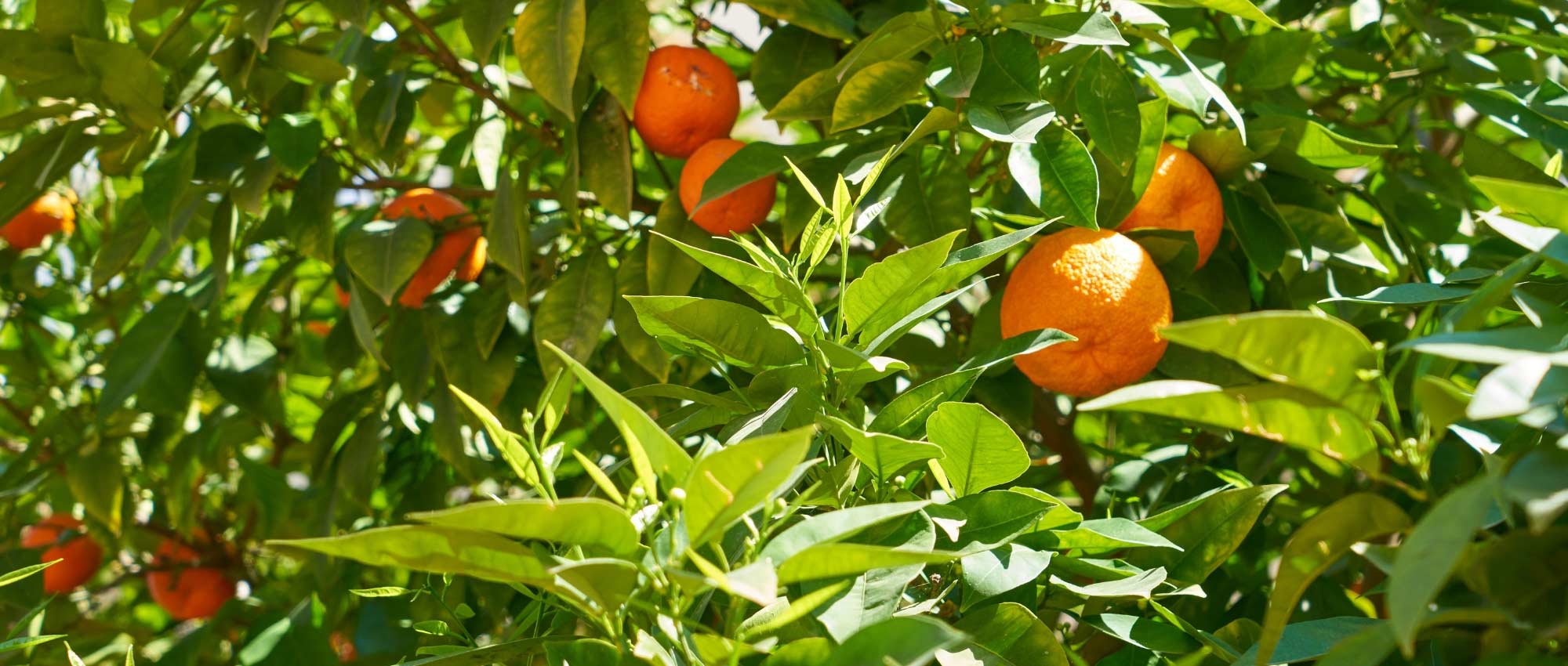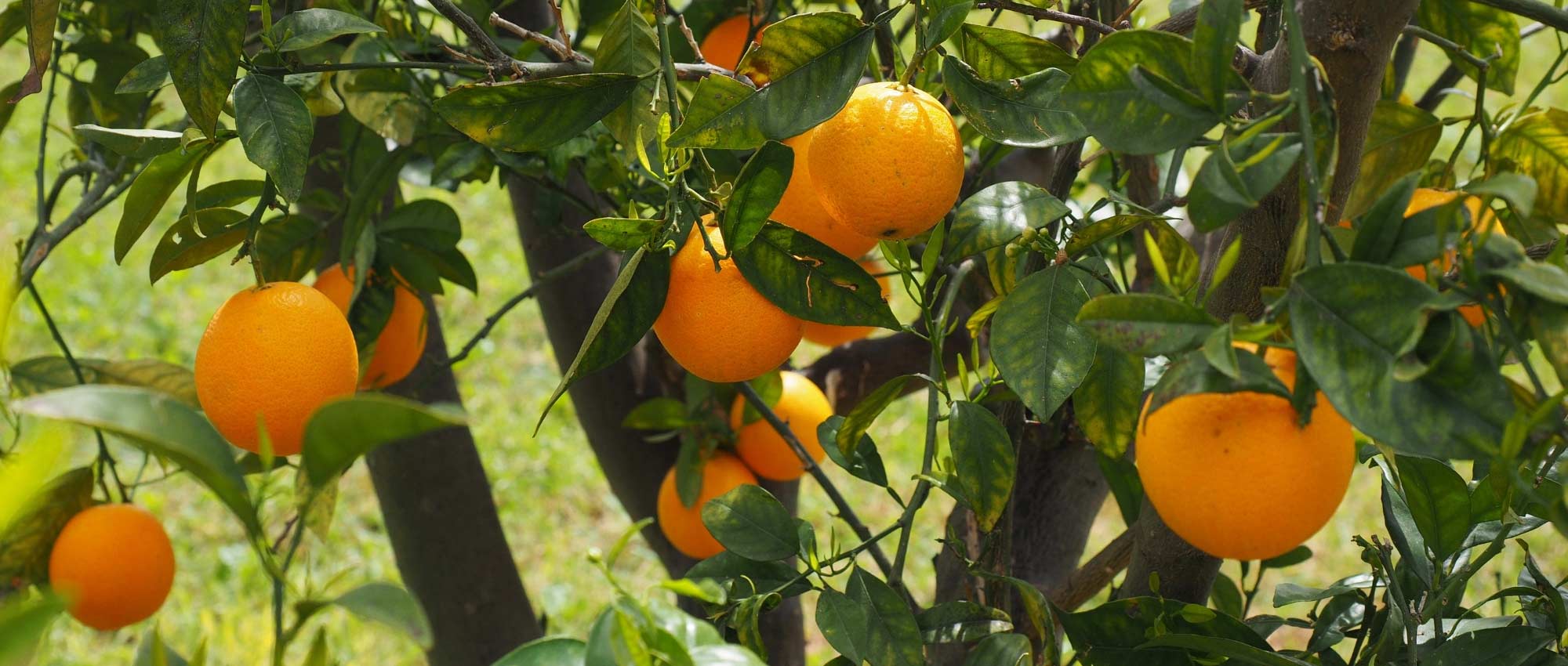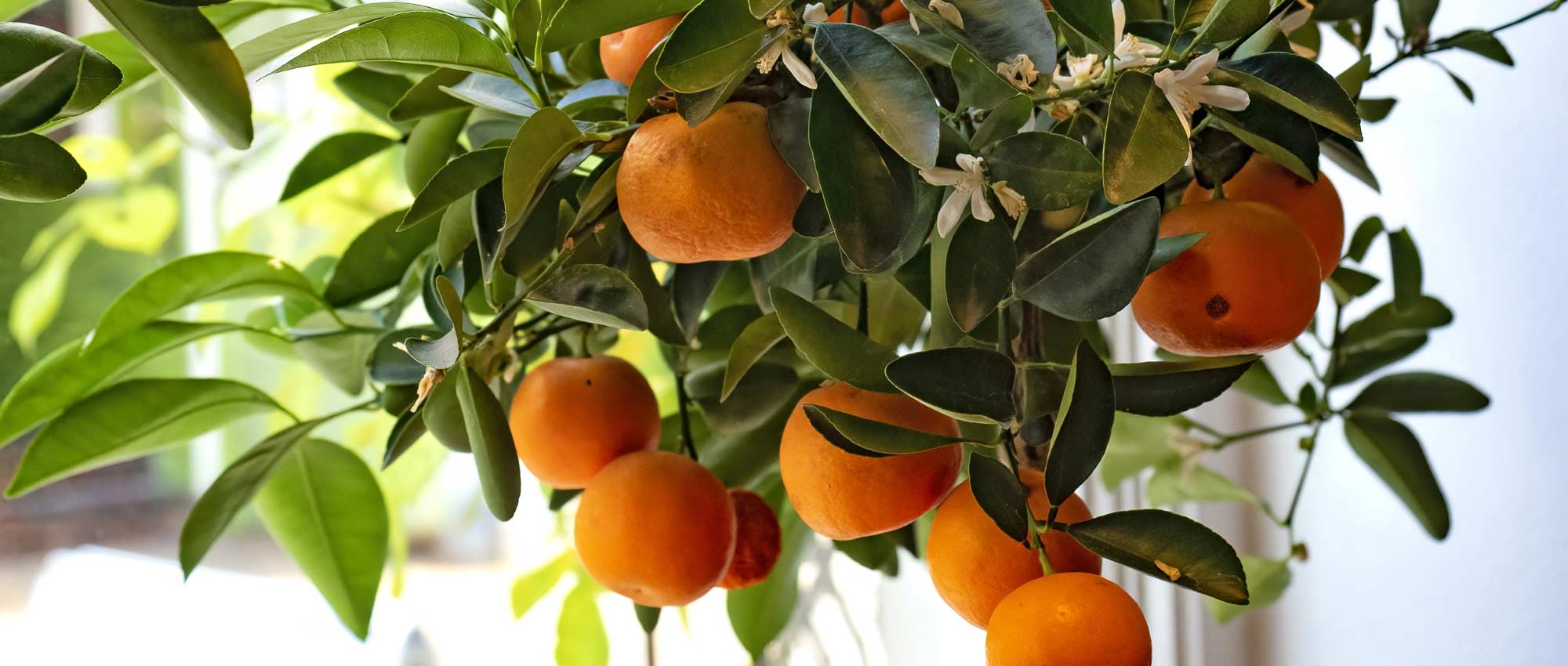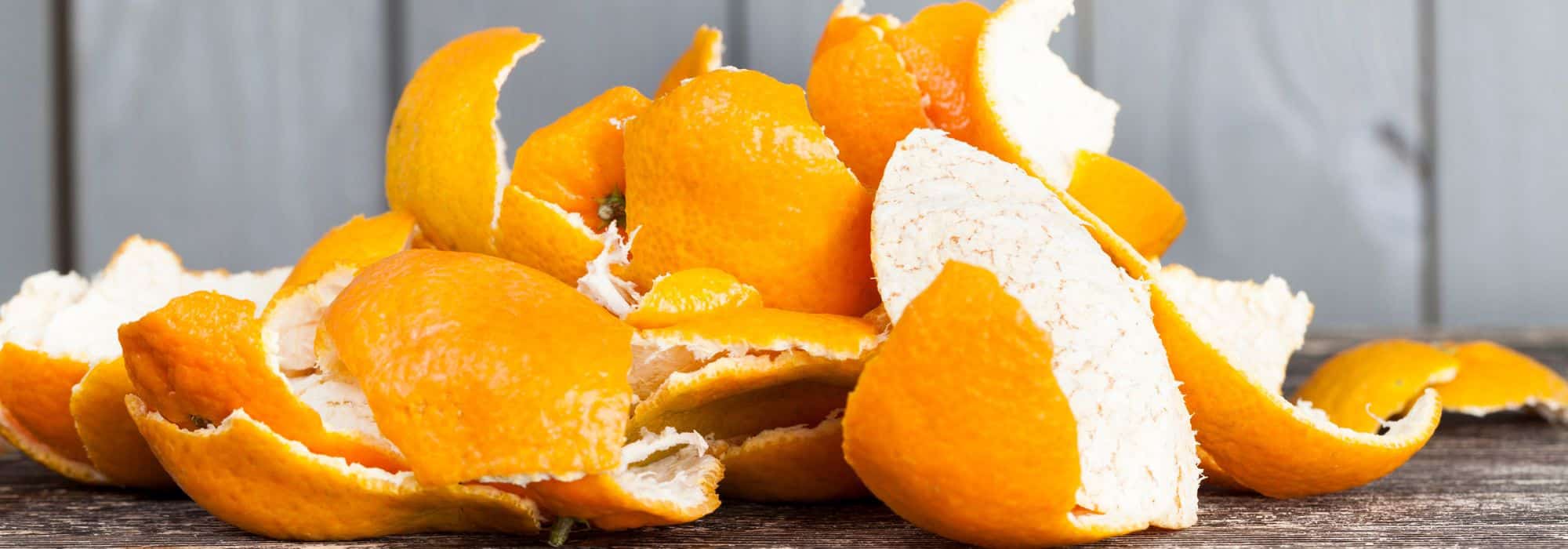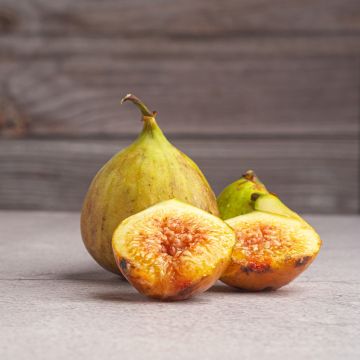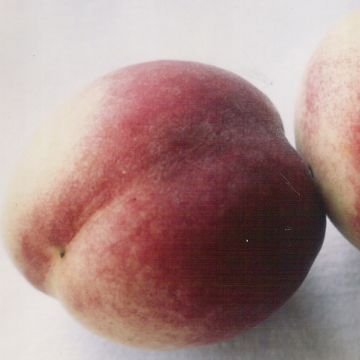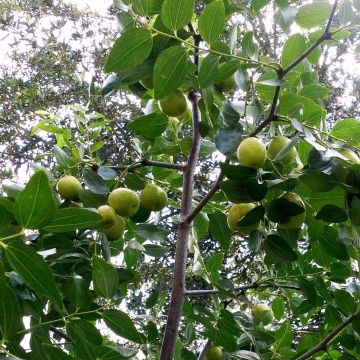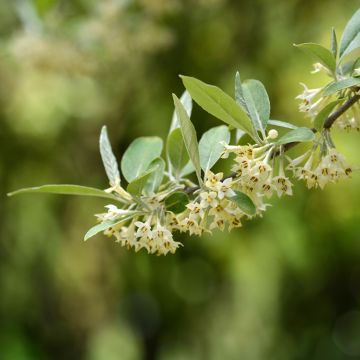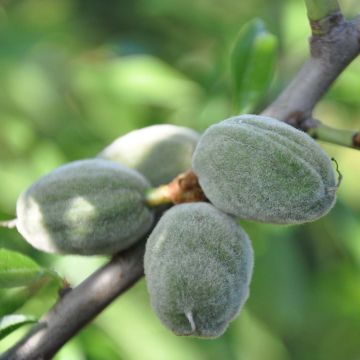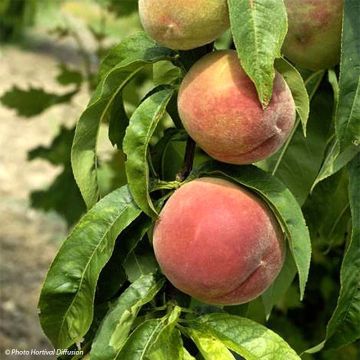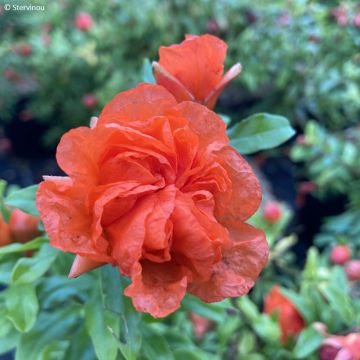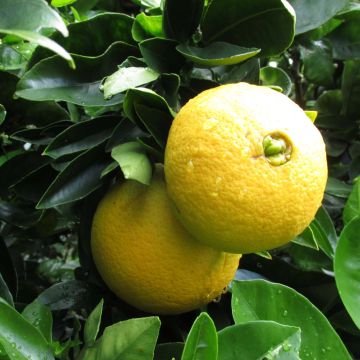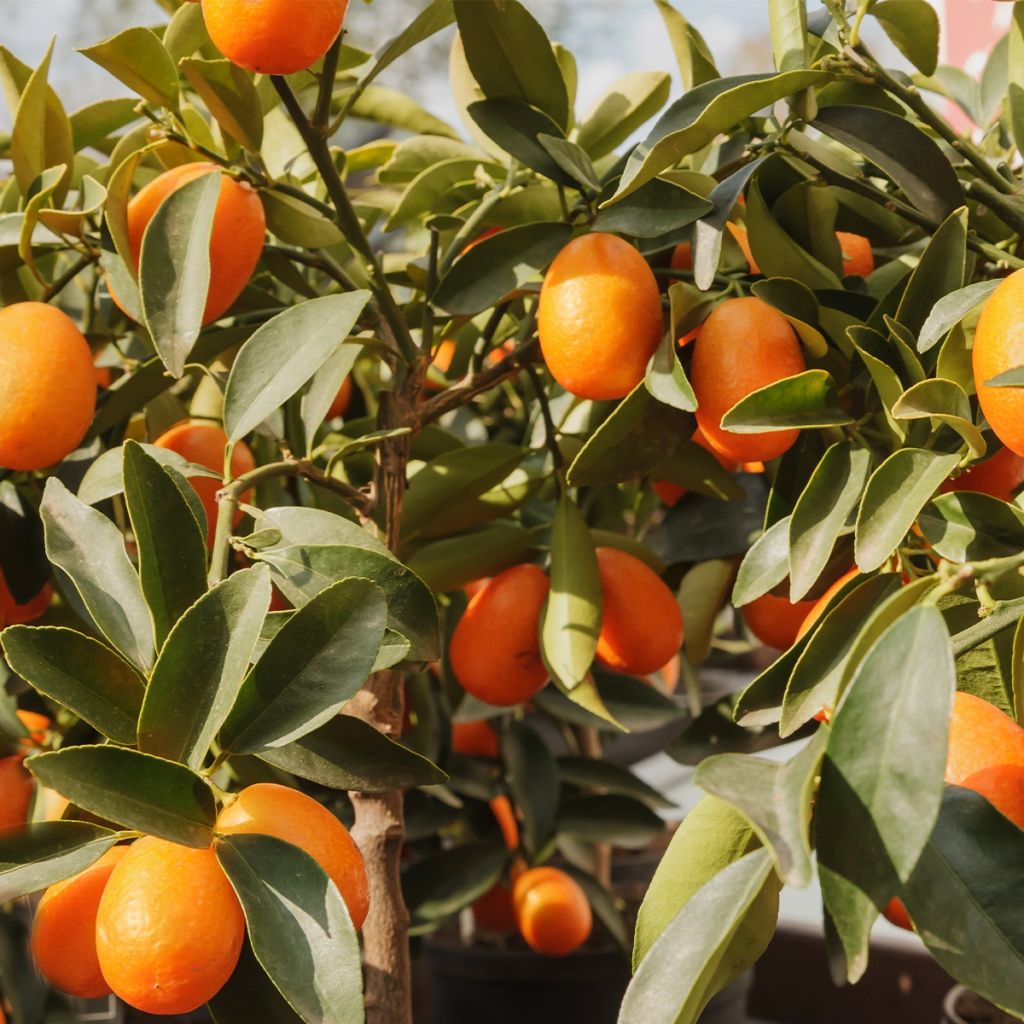

Oval-fruited Kumquat - Fortunella margarita
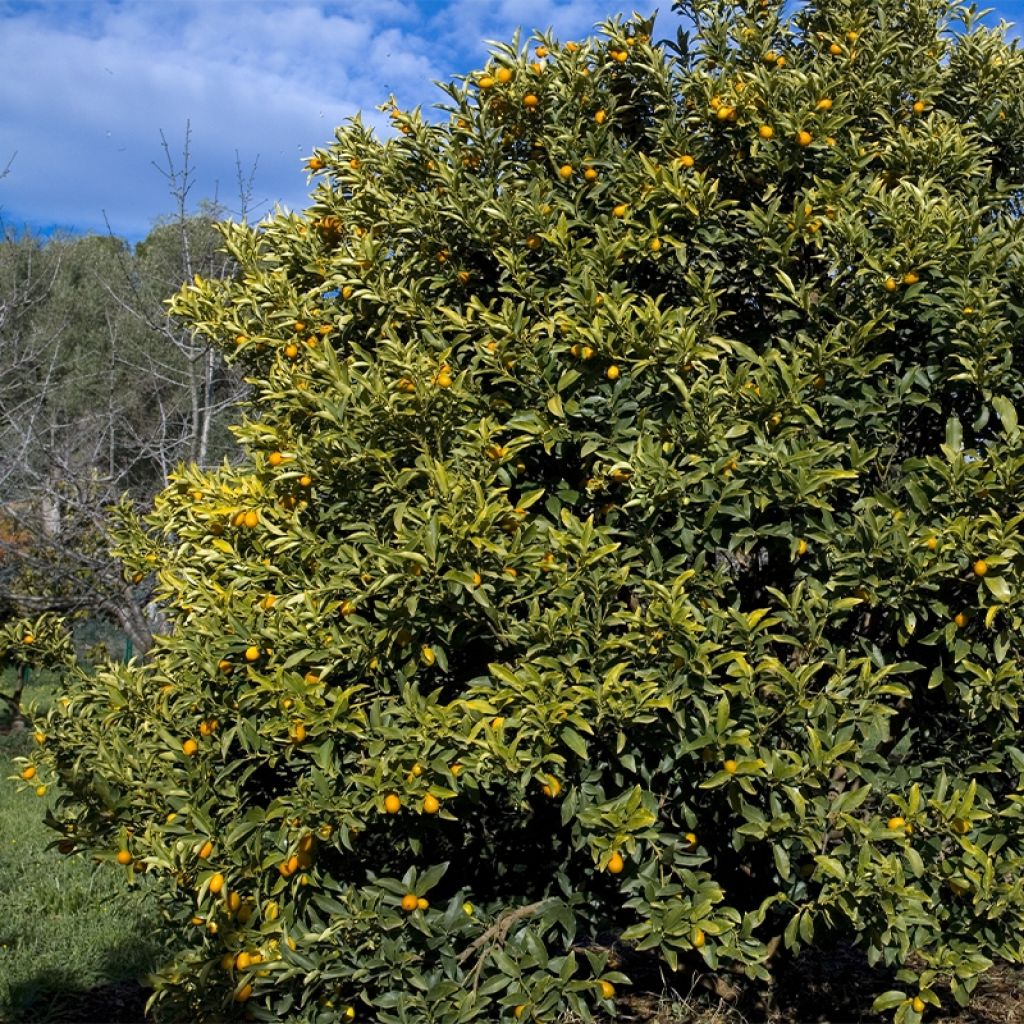

Oval-fruited Kumquat - Fortunella margarita
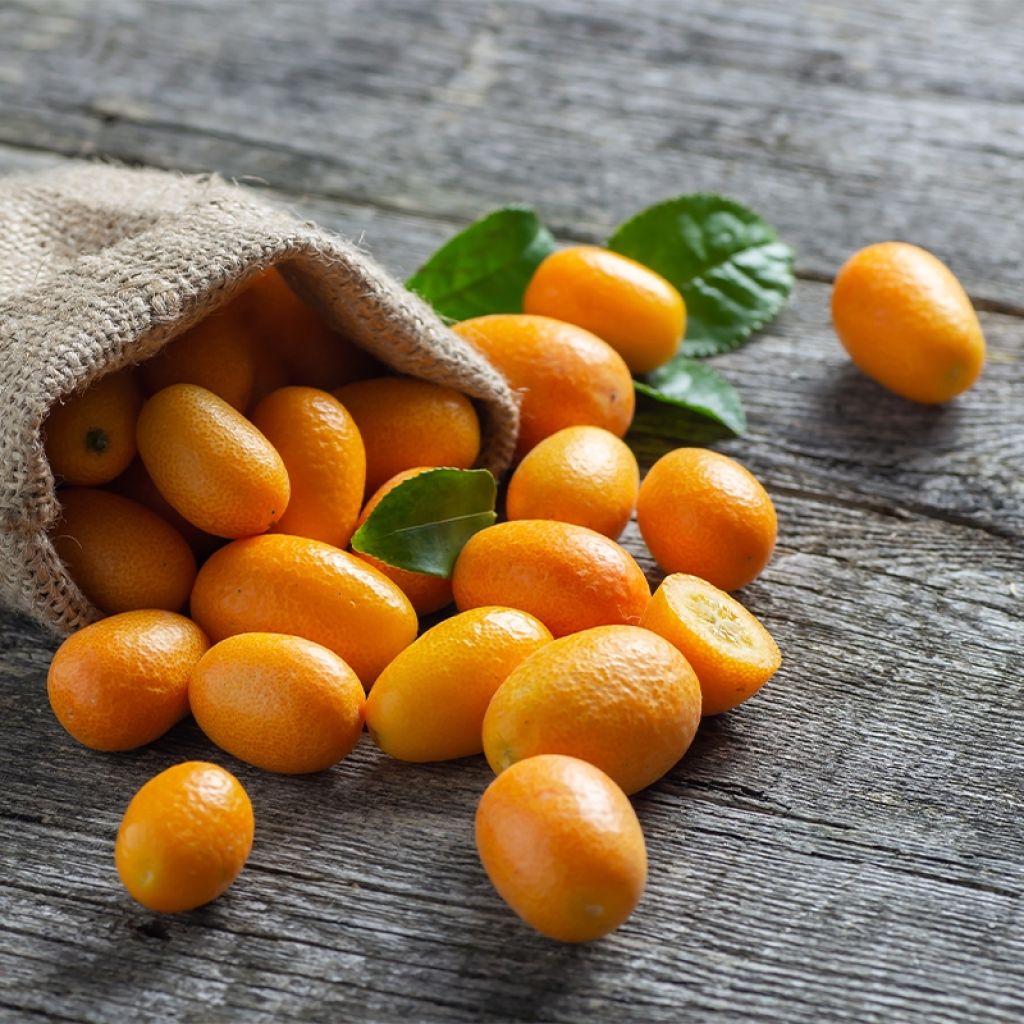

Oval-fruited Kumquat - Fortunella margarita
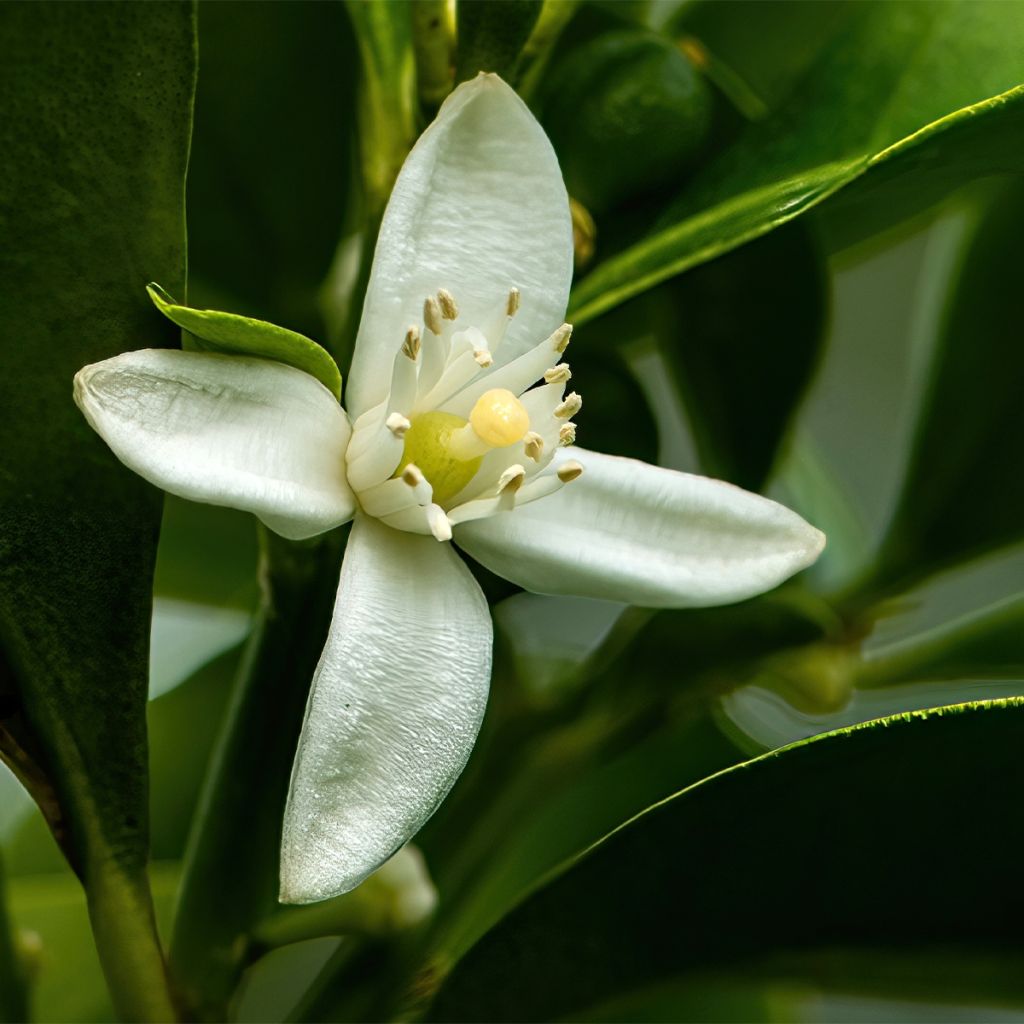

Oval-fruited Kumquat - Fortunella margarita
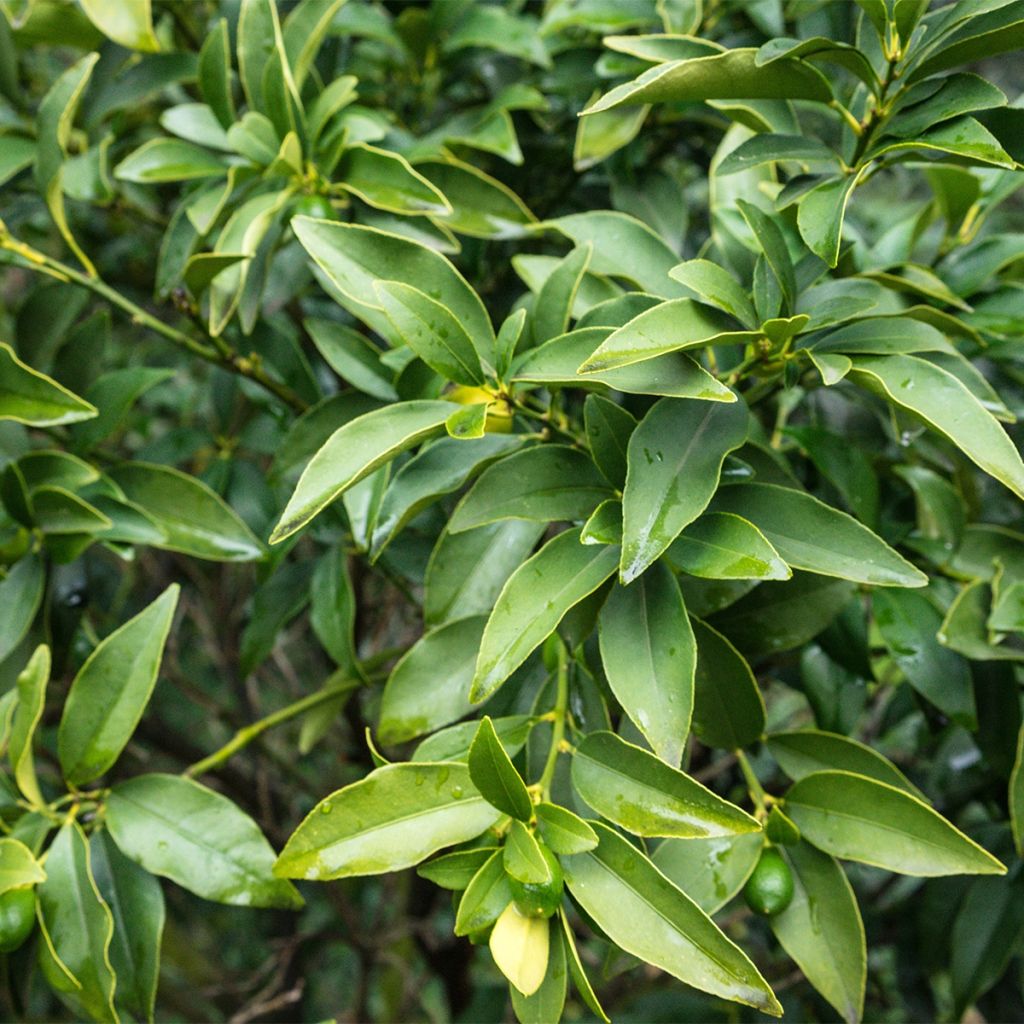

Oval-fruited Kumquat - Fortunella margarita
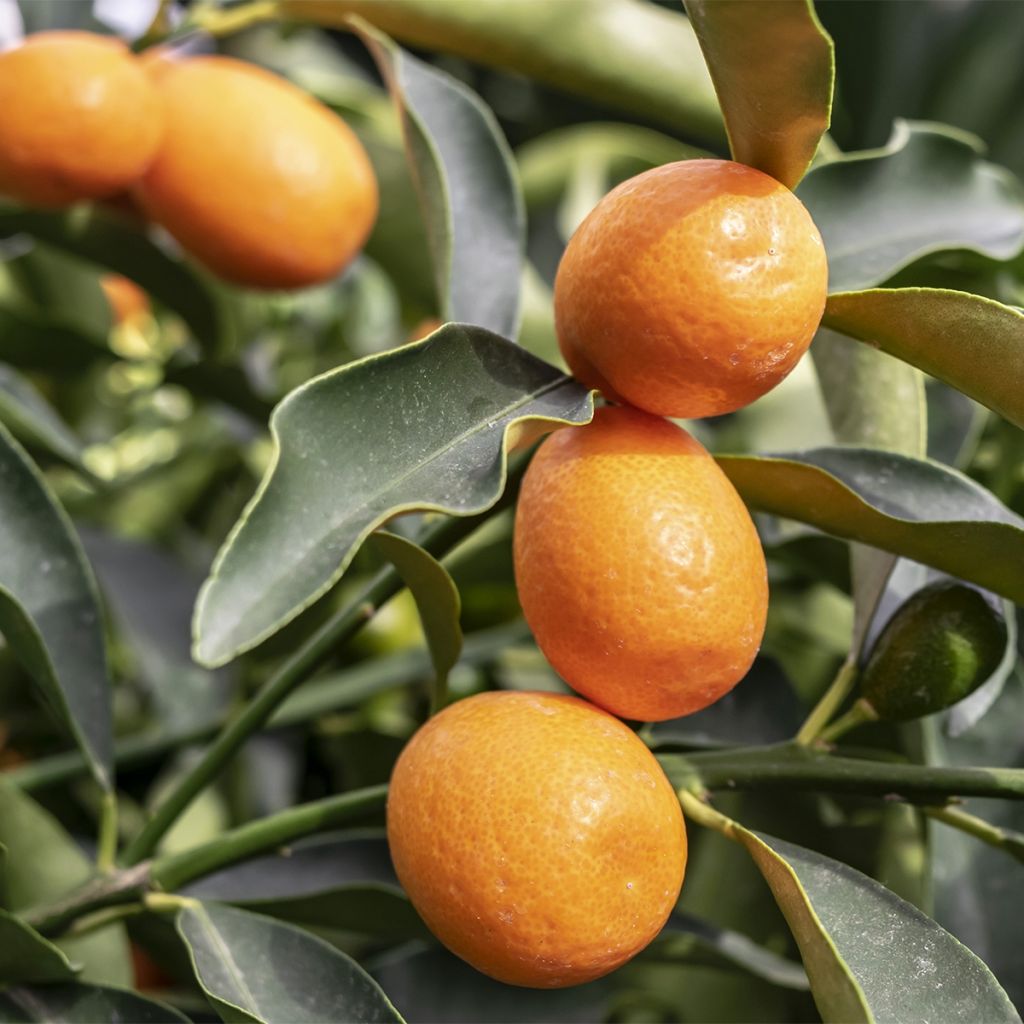

Oval-fruited Kumquat - Fortunella margarita
Oval-fruited Kumquat - Fortunella margarita
Fortunella margarita
Kumquat, Marumi Kumquat, Round Kumquat
Unfortunately, the package arrived in a sorry state. It was transported vertically instead of horizontally as instructed, causing the root ball to escape and the plant itself to be very damaged, with broken branches. I had to prune it deeply. This doesn't encourage taking a package without plastic. Best regards,
Thierry, 04/02/2024
Special offer!
Receive a €20 voucher for any order over €90 (excluding delivery costs, credit notes, and plastic-free options)!
1- Add your favorite plants to your cart.
2- Once you have reached €90, confirm your order (you can even choose the delivery date!).
3- As soon as your order is shipped, you will receive an email containing your voucher code, valid for 3 months (90 days).
Your voucher is unique and can only be used once, for any order with a minimum value of €20, excluding delivery costs.
Can be combined with other current offers, non-divisible and non-refundable.
Home or relay delivery (depending on size and destination)
Schedule delivery date,
and select date in basket
This plant carries a 24 months recovery warranty
More information
We guarantee the quality of our plants for a full growing cycle, and will replace at our expense any plant that fails to recover under normal climatic and planting conditions.
Does this plant fit my garden?
Set up your Plantfit profile →
Description
Fortunella margarita, also known as the Oval Kumquat, is one of the hardiest citrus trees: when fully grown and planted in the ground, the tree itself can withstand short frosts of around -8/10°C (17.6/50°F), although its evergreen foliage is affected by light frosts. Its spring to summer white flowering, with a sweet neroli fragrance, is highly attractive to bees. Following the flowering, numerous small oval fruits appear, turning a beautiful shade of orange when ripe, providing a decorative display against the shiny, vibrant green foliage. Kumquats are planted in the ground in regions spared from severe frosts, and in pots in colder regions. This allows them to be overwintered in an unheated greenhouse or conservatory.
Named Fortunella in honor of Robert Fortune, who introduced them to Europe in 1846, Kumquats should now be classified under the Citrus genus, according to recent studies. Citrus japonica is the recognized name for this citrus fruit.
This spiky bush belongs to the Rutaceae family, with an upright, bushy habit, and is native to southern China, specifically the Canton province. In the wild, it can reach heights of 3 to 4 metres (10 to 13 feet). In mild climates, when planted in the ground, it typically reaches an average height of 2.50m (8ft) with a spread of 1.50m (5ft), although its size is reduced when grown in pots. Its growth rate is moderate.
The Kumquat produces small, sweet-scented white flowers reminiscent of orange blossom, which give way to small oval fruits, measuring 2cm (1in) in diameter and 3cm (1in) in length. They are harvested when fully ripe, between October and January, when they have turned a vibrant orange colour. The moderately thick skin is free from the burning sensation associated with other citrus fruits. It has a mild flavor and subtle bitter orange fragrance. The juicy pulp is acidic, slightly sweet, and contains few seeds. The evergreen leaves are glossy dark green on the upper surface and paler on the underside. Like all Citrus species, Fortunella contains essential oil glands in its leaves, flowers, and fruits, which can be extracted through distillation (flowers and leaves) or pressing (peel).
It is important to note that while the plant can regenerate from the stump after -10°C (14°F), its foliage suffers from -8°C (17.6°F). The fruits, on the other hand, are destroyed below -5°C (23°F), which is unfortunate for the harvest, which often takes place in winter. The fruit can be used in both savoury and sweet dishes, in jams, candied in sugar, or prepared in syrup. Its subtle flavour pairs well with savory dishes such as tagines or the famous duck à l'orange. Kumquat can also be used to create refined sweet and sour sauces to accompany Asian cuisine. If you enjoy tangy flavours, you will appreciate the balanced combination of acidity and sweetness that this unique fruit offers.
Kumquats are rich in vitamin C, fiber, antioxidants, and low in calories.
Most citrus trees thrive in the ground in Mediterranean coastal regions, where they have the necessary year-round warmth. Fortunella margarita is a self-fertile bush, meaning that a single individual is sufficient for fruiting. However, if your citrus tree remains indoors permanently, it may be necessary to occasionally allow pollinators to enter or perform delicate hand pollination with a brush.
Oval-fruited Kumquat - Fortunella margarita in pictures
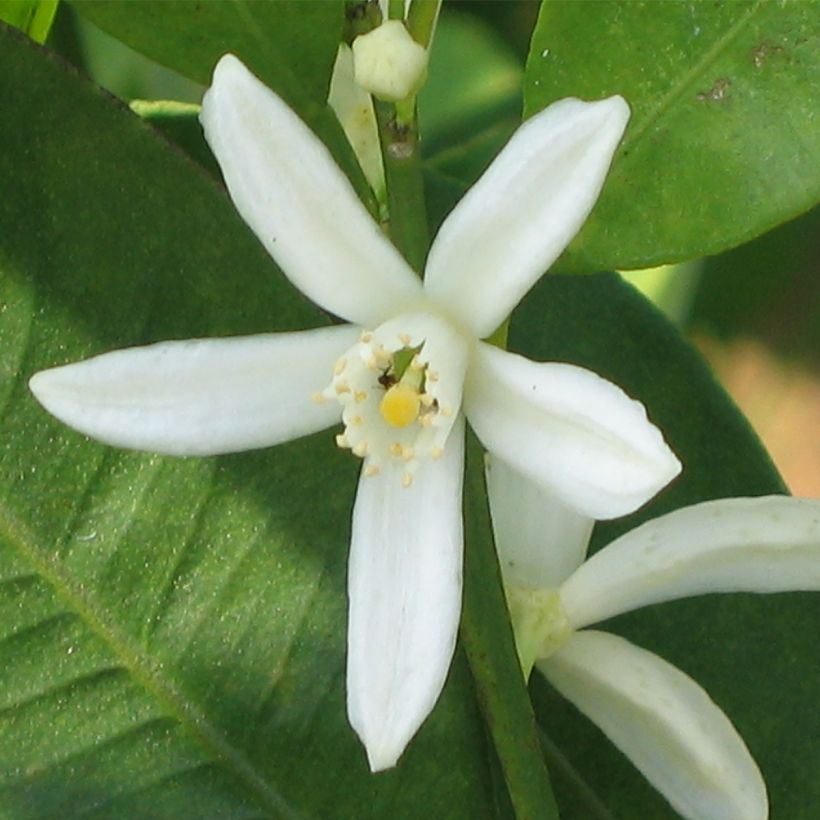

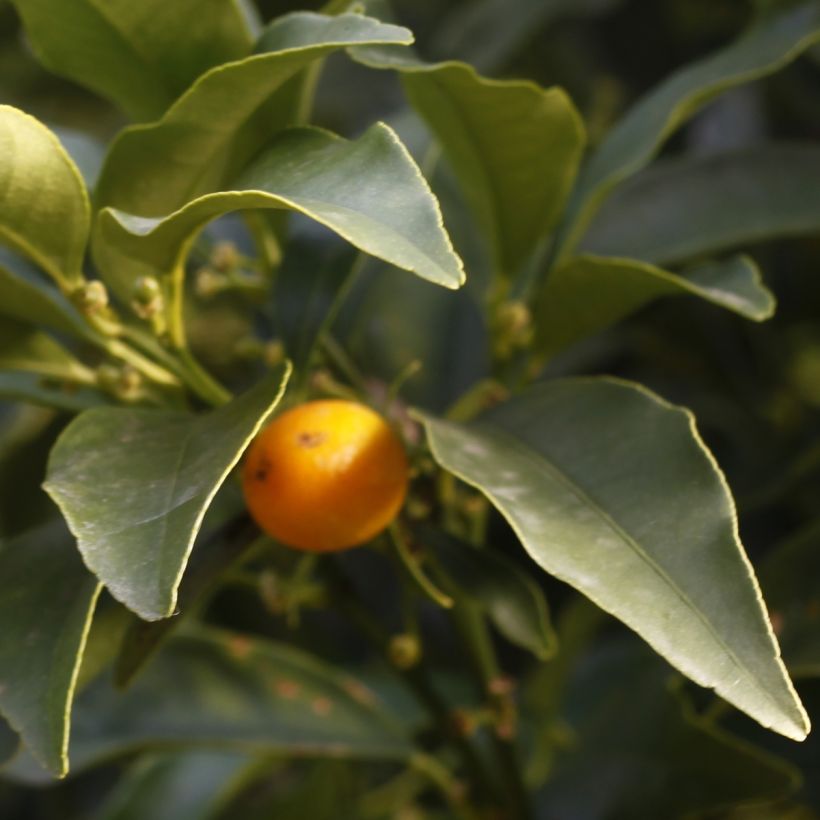

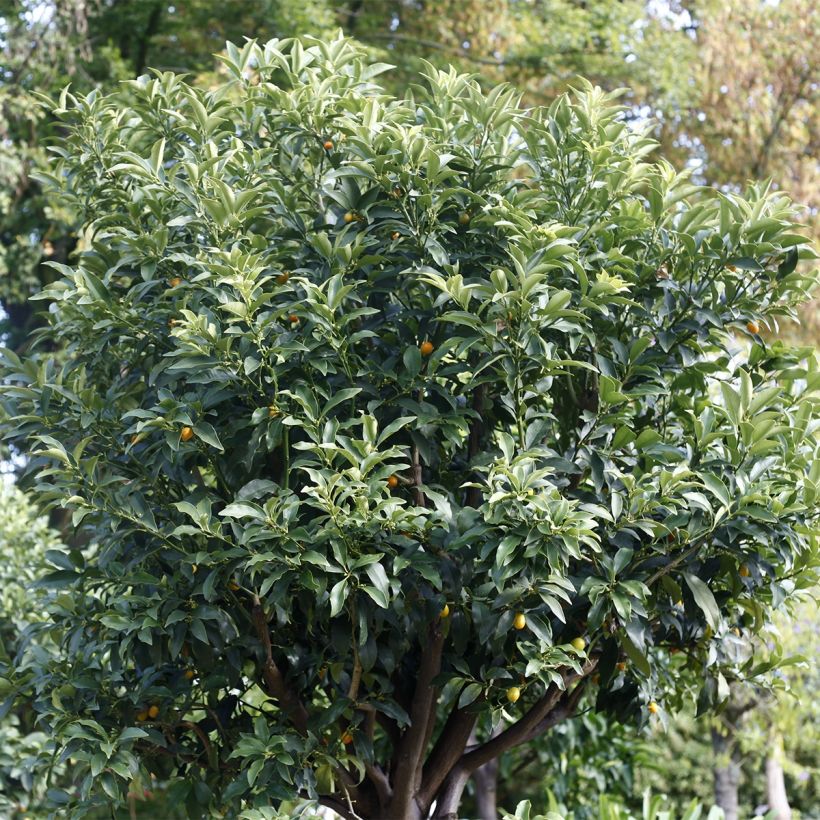

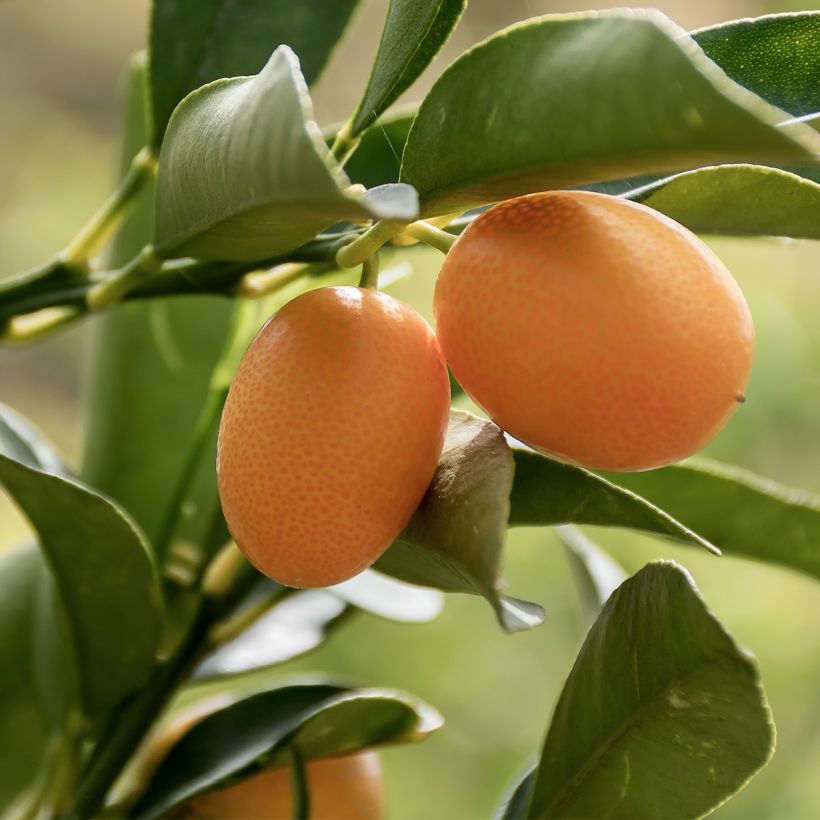

Plant habit
Flowering
Foliage
Botanical data
Fortunella
margarita
Rutaceae
Kumquat, Marumi Kumquat, Round Kumquat
Southeast Asia
Planting and care
Planting in the ground: Kumquats appreciate neutral, slightly acidic soil and do not like limestone. It is only reasonable to plant them in the ground if you reside on a Mediterranean or Atlantic coastal strip, otherwise you may never harvest any fruit. The best time to plant is in early spring, in March and April. Be careful not to bury the collar. Citrus trees are naturally greedy and require water to bear fruit: in any case, consider amending with well-decomposed compost or "special citrus fertilizer". Choose a sunny spot for your bush, but not scorching, in a sheltered location to prevent leaf drying and dropping of young developing fruits. Place it in an area protected from sea spray.
Pot planting: in all other regions, Kumquats can be planted in a pot that can be kept in a greenhouse or a slightly heated conservatory, frost-free at all times, in an atmosphere that is not too dry. It will appreciate being outside during the growing season. Planting in a pot or repotting should be done in late summer. Choose a pot slightly larger than the root system, as citrus trees do not like to feel cramped. Moisten the root ball well. To improve the drainage capacity of the soil mix, line the bottom of the pot with clay pebbles. Loosen the root ball and mix two-thirds garden soil with one-third of "special citrus compost". Water generously. Prefer pots made of terracotta or breathable material.
Citrus trees need a lot of water to thrive. Your Kumquat, especially if grown indoors, should be watered daily and the soil should remain moist but not constantly saturated with water. Similarly, make sure to regularly provide the necessary fertilizer: every 6 months for slow-release granular fertilizer or every 3 waterings for liquid fertilizer.
Planting period
Intended location
Care
Planting & care advice
-
, onOrder confirmed
Reply from on Promesse de fleurs
Similar products
Haven't found what you were looking for?
Hardiness is the lowest winter temperature a plant can endure without suffering serious damage or even dying. However, hardiness is affected by location (a sheltered area, such as a patio), protection (winter cover) and soil type (hardiness is improved by well-drained soil).

Photo Sharing Terms & Conditions
In order to encourage gardeners to interact and share their experiences, Promesse de fleurs offers various media enabling content to be uploaded onto its Site - in particular via the ‘Photo sharing’ module.
The User agrees to refrain from:
- Posting any content that is illegal, prejudicial, insulting, racist, inciteful to hatred, revisionist, contrary to public decency, that infringes on privacy or on the privacy rights of third parties, in particular the publicity rights of persons and goods, intellectual property rights, or the right to privacy.
- Submitting content on behalf of a third party;
- Impersonate the identity of a third party and/or publish any personal information about a third party;
In general, the User undertakes to refrain from any unethical behaviour.
All Content (in particular text, comments, files, images, photos, videos, creative works, etc.), which may be subject to property or intellectual property rights, image or other private rights, shall remain the property of the User, subject to the limited rights granted by the terms of the licence granted by Promesse de fleurs as stated below. Users are at liberty to publish or not to publish such Content on the Site, notably via the ‘Photo Sharing’ facility, and accept that this Content shall be made public and freely accessible, notably on the Internet.
Users further acknowledge, undertake to have ,and guarantee that they hold all necessary rights and permissions to publish such material on the Site, in particular with regard to the legislation in force pertaining to any privacy, property, intellectual property, image, or contractual rights, or rights of any other nature. By publishing such Content on the Site, Users acknowledge accepting full liability as publishers of the Content within the meaning of the law, and grant Promesse de fleurs, free of charge, an inclusive, worldwide licence for the said Content for the entire duration of its publication, including all reproduction, representation, up/downloading, displaying, performing, transmission, and storage rights.
Users also grant permission for their name to be linked to the Content and accept that this link may not always be made available.
By engaging in posting material, Users consent to their Content becoming automatically accessible on the Internet, in particular on other sites and/or blogs and/or web pages of the Promesse de fleurs site, including in particular social pages and the Promesse de fleurs catalogue.
Users may secure the removal of entrusted content free of charge by issuing a simple request via our contact form.
The flowering period indicated on our website applies to countries and regions located in USDA zone 8 (France, the United Kingdom, Ireland, the Netherlands, etc.)
It will vary according to where you live:
- In zones 9 to 10 (Italy, Spain, Greece, etc.), flowering will occur about 2 to 4 weeks earlier.
- In zones 6 to 7 (Germany, Poland, Slovenia, and lower mountainous regions), flowering will be delayed by 2 to 3 weeks.
- In zone 5 (Central Europe, Scandinavia), blooming will be delayed by 3 to 5 weeks.
In temperate climates, pruning of spring-flowering shrubs (forsythia, spireas, etc.) should be done just after flowering.
Pruning of summer-flowering shrubs (Indian Lilac, Perovskia, etc.) can be done in winter or spring.
In cold regions as well as with frost-sensitive plants, avoid pruning too early when severe frosts may still occur.
The planting period indicated on our website applies to countries and regions located in USDA zone 8 (France, United Kingdom, Ireland, Netherlands).
It will vary according to where you live:
- In Mediterranean zones (Marseille, Madrid, Milan, etc.), autumn and winter are the best planting periods.
- In continental zones (Strasbourg, Munich, Vienna, etc.), delay planting by 2 to 3 weeks in spring and bring it forward by 2 to 4 weeks in autumn.
- In mountainous regions (the Alps, Pyrenees, Carpathians, etc.), it is best to plant in late spring (May-June) or late summer (August-September).
The harvesting period indicated on our website applies to countries and regions in USDA zone 8 (France, England, Ireland, the Netherlands).
In colder areas (Scandinavia, Poland, Austria...) fruit and vegetable harvests are likely to be delayed by 3-4 weeks.
In warmer areas (Italy, Spain, Greece, etc.), harvesting will probably take place earlier, depending on weather conditions.
The sowing periods indicated on our website apply to countries and regions within USDA Zone 8 (France, UK, Ireland, Netherlands).
In colder areas (Scandinavia, Poland, Austria...), delay any outdoor sowing by 3-4 weeks, or sow under glass.
In warmer climes (Italy, Spain, Greece, etc.), bring outdoor sowing forward by a few weeks.






























